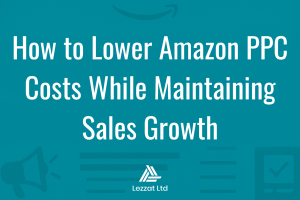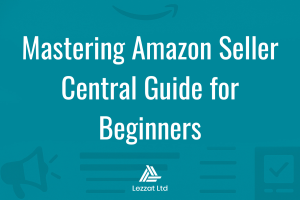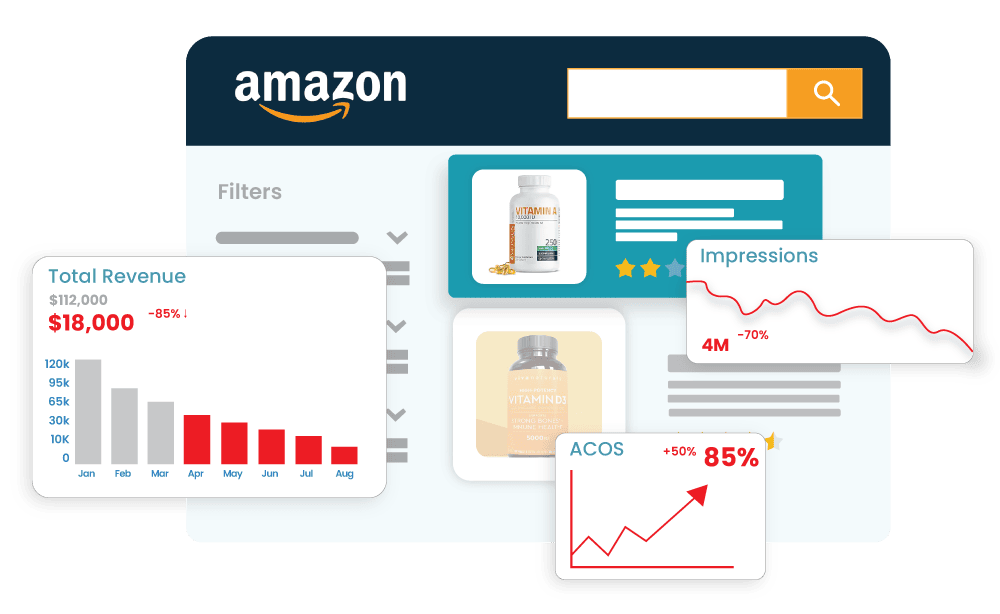For companies, Amazon sellers or vendors who want to be successful with their products on Amazon marketplaces abroad, it is important to understand how they need to optimise Amazon translation and present their listings for the respective markets.
A good translation is crucial in order to stand out from market participants and to be found and understood by customers in the target country.
But what do you have to look out for when translating your listings? And what is the best way to present your products on foreign Amazon marketplaces?
We have summarised a few useful tips on how you should translate and formulate your texts, listings and your A+ content for the corresponding target markets.
Don’t rely on machine translation tools.
Actually logical, however, many vendors and sellers fall for the temptation to translate their listings with machine translation programs.
The advantages are obvious: It is inexpensive and goes quickly. However, as a result, quite a few wonder why their listings abroad do not work as they would like. This is usually because the keywords were set incorrectly or inappropriately in a 1-to-1 translation.
In addition, grammar, sentence structure and connotations may not be right and may end up confusing your customers more than being beneficial.
Use professional Amazon translators

- The situation is similar, although not quite as serious, with translators who are not experts in the field and do not know or understand Amazon’s algorithm. When translating for Amazon, it is important to work with the right tools for creating texts and listings (JungleScount, Helium 10, …). Especially in the context of SEO and keyword optimisation, a lot of potential is wasted here. Consequently, it is also logical here that the listings in the target country do not perform as desired.
- When it comes to translating your listings, it is important to use professional translators who are familiar with the tools, the target language and the Amazon algorithm. This is the only way you can professionally and successfully sell your products on Amazon.
SEO optimised: Research the right keywords.
The discoverability of your ASINs via the autosuggest function on Amazon directs most customers to your products. The be-all and end-all for your listings and for a top ranking is a good keyword strategy.
This also applies to the corresponding foreign target markets. But the keywords of your source texts cannot be translated 1 to 1, because the search and also the search queries of the customers differ from country to country.
The biggest challenge and also most of the time in translation goes into researching and matching the translation with the relevant keywords of the target market.
Tools such as XRay from Helium 10 help Amazon translators to find and optimise the right keywords for the titles, bullet points, description and for the backend and also to match them with the corresponding market participants.
It is also important to consider the corresponding bit length and not to exceed it.
Note regional differences — “localisation”
The terms localisation and translation are often confused or equated. They are not synonyms, but two different activities that are mutually dependent and build on each other.
When opening up new markets, this consideration often comes up short. Cultural conditions or linguistic peculiarities are not taken into account. An example of this is English: British English is sometimes very different from American English.
Not only in vocabulary, but also in dealing with prices, units of measurement and clothing sizes. The goal should be for your listings to create a desire to buy. But this is only possible if your texts are error-free, localised and emotionally formulated!
If there are language barriers such as unfamiliar words or wrong expressions in the text, consumers do not feel understood. In the extreme case, this can lead to the point where you turn away from your product and fulfil your desire to buy from a competitor.
Differentiate between your listings and your A+ content!

While the listings (title, bullet points, description) and the keywords they contain receive a lot of attention, the A+ content is usually regarded as rather unimportant or often neglected altogether for foreign-language marketplaces.
But A+ content can also be crucial for the sale of your products. Be it in the form of classic text or large-format images with information texts. Keywords are less relevant when translating these sections of text. Here, emotional and informative communication and address are important.
The solution is called transcreation (translation + creation). Similar to localisation, the special characteristics of the target country are taken into account here. However, transcreation goes one step further and highlights and optimises the language style, tonality, dialects, idioms, specific technical terms and the like.
If you want to create engaging A+Content, make sure you hire a native-speaker translator who has both promotional and subject-specific skills.
Take advantage of the expertise of a specialist translator who knows your industry
In order to address your target group in a way that meets their needs and objectives, it is important to know, understand and speak the language of your customers. Depending on the industry and the field, this language may well differ.
For example, direct address in the singular (“Du” (informal “you”)) is common in the mountain sports product segment in Germany, while customers in the high-priced segment are more likely to be addressed in the plural with “Sie” (formal “you”). These connotations differ not only by sector but also by region.
So it makes sense to use specialist translators who are not only at home in the language, but also in the industry and specialist area of your listings.
Our recommendation for you is therefore clear: If you want to push for a professional presence in foreign-language marketplaces and be represented in the top positions with your listings, then make use of professional translation service providers.
Following, we briefly summarise the essential translation tips for Amazon for you once again:
1. Do not rely on machine translation tools.
2. Use the expertise of professional Amazon translators
3. Note that translation is also done with appropriate keyword tools
4. Brief yourself and make sure which country you want to commission the translation for
5. Benefit from the expertise of native-speaker specialist translators for the localisation of your texts.
6. Try to find suitable translators for your industry and field
The author “Florian Mayerhoffer” — Head of Marketing at lingoking since 2020.
Lingoking is responsible for building up the brand & marketing department and the external presentation of the “lingoking” brand. Under the slogan “Push The Boundaries”, he not only wants to use lingoking to promote more tolerance and diversity in society, but also to help companies distribute their products optimally across national borders.
The brand “lingoking” — The first delivery platform for translations.
Lingoking is the first translation delivery service. Our digital and web-based ordering system allows for the quick booking of professional language services. For worldwide on-site appointments as well as ordering written translations from all over the world — officially recognised, seo-optimised, and approved for all target countries.
Please consider to Like&Share!






